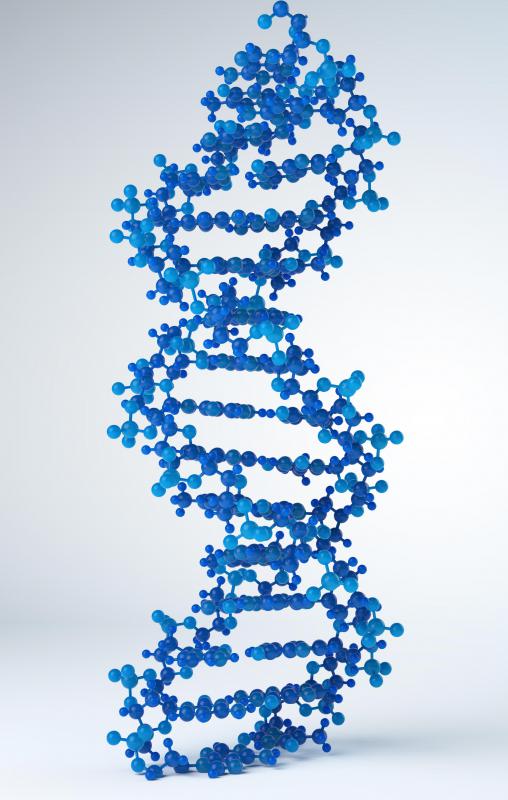At WiseGEEK, we're committed to delivering accurate, trustworthy information. Our expert-authored content is rigorously fact-checked and sourced from credible authorities. Discover how we uphold the highest standards in providing you with reliable knowledge.
What is Nanoanalysis?
Nanoanalysis is a fancy-sounding word that just means looking at something at the nanometer scale. You might call looking out a window "macroanalysis," because it involves the analysis of a scene at the macro-scale. Nanoanalysis is conducted using any number of technologies that can resolve images at the nanoscale — scanning tunneling microscopes (STMs), atomic force microscopes (AFMs), scanning probe microscopes (SPMs), transmission electron microscopes (TEMs), field emission microscopes (FEMs), and for the highest resolution, x-ray crystallography.
Nanoanalysis really took off with the invention of x-ray crystallography in 1914. The first chemical whose atomic structure was imaged was table salt, NaCl. X-ray crystallography does not produce an exact image of the object under nanoanalysis — instead, it reflects x-rays (which have tiny wavelengths) off a crystal and a diffraction pattern is recorded, similar to what is seen when someone holds up a crystal to light and observes how the light is reflected. As the crystal is slowly turned, the diffraction pattern continues to be recorded, and using sophisticated mathematical techniques, the investigator can extrapolate the atomic structure of the crystal.

Nanoanalysis has been used for a variety of purposes since it was first discovered. X-ray crystallography has been used to image the structure of hundreds of thousands of compounds, from the simplest monoatomic crystals to complex proteins. X-ray crystallography data was used by Watson and Crick to form their hypothesis on the double-helix structure of DNA in 1953.
Nanoanalysis can be challenging because many nanoscale imaging techniques are so sensitive that the sample has to be atomically perfect for the image to come out well. Thus, the hardest part of imaging a sample is finding a good one.

Nanoanalysis has been used to show how the nanoscale structure of a material can alter its macroscale properties. For instance, certain materials with repetitive nanoscale structures, called metamaterials, have unusual optical or electrical properties. Mother-of-pearl, found in oysters, and certain types of butterfly wings have a beautiful translucent appearance due to regularities in their nanoscale structure. Without nanoanalysis, we'd never know the mechanism behind this.
AS FEATURED ON:
AS FEATURED ON:












Discuss this Article
Post your comments